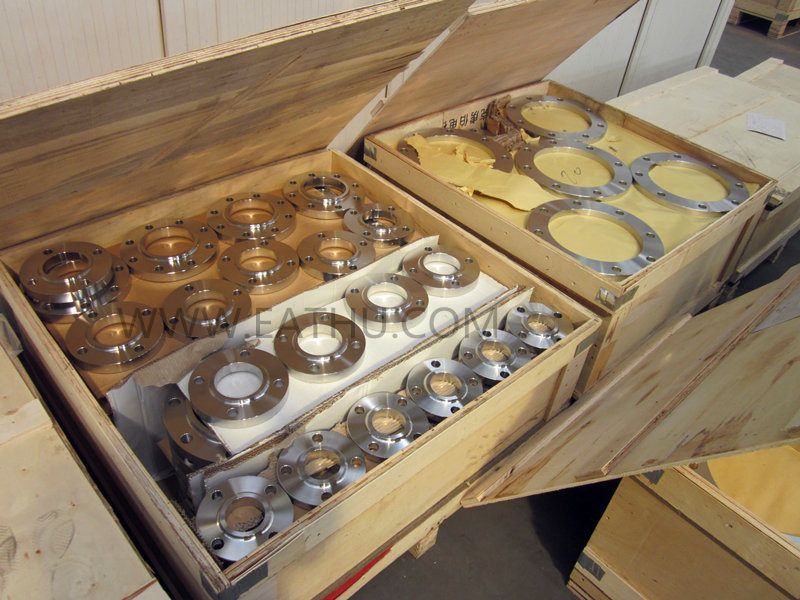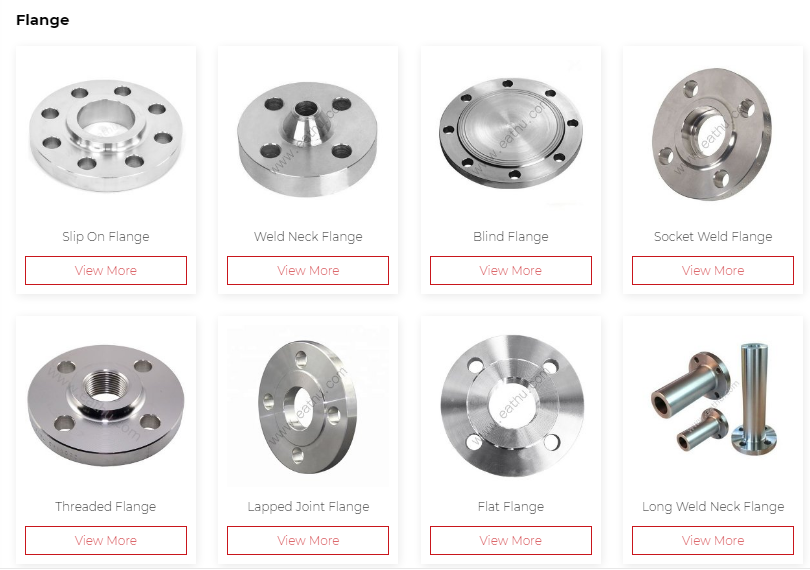
The methods for identifying the authenticity of stainless steel flanges are as follows:
1.Nitric acid point test: A notable feature of stainless steel flanges is inherent corrosion resistance to concentrated and dilute nitric acids. this property enables it to be easily distinguished from most other metals or alloys. However, high carbon 420 and 440 steels are slightly corroded during nitric acid test, and non-ferrous metals will be corroded immediately when they encounter concentrated nitric acid. while dilute nitric acid is strongly corrosive to carbon steel.
2.Sulfuric acid test: Sulfuric acid immersion stainless steel flange test can distinguish 302 and 304 from 316 and 317. The cutting edge of the specimen shall be finely ground, then washed and passivated in nitric acid (specific gravity 1.42) with a volume concentration of 20~30% and a temperature of 60~66℃ for half an hour. The volume concentration of the sulfuric acid test solution is 10%, Heat to 71℃. When steel 302 and 304 are immersed in this hot solution, Was rapidly corroded and produced bubbles, The specimen blackens within minutes; while specimens of 316 and 317 steels are not corroded or react very slowly (without bubbles), specimen does not change color within 10~15 minutes. If the samples with known components are tested simultaneously for approximate comparison, The test can be made more accurate.
3.Copper sulfate point test: copper sulfate point test is a simple method to quickly distinguish common carbon steel from all types of stainless steel. a concentration of 5~10% of the copper sulfate solution used. Before the point test, the test area should clean up grease or various impurities, polish a small area with a soft abrasive cloth, and then drop copper sulfate solution into the cleaned area with a drop bottle. Ordinary carbon steel or iron will form a layer of surface metal copper in a few seconds, while the surface of stainless steel does not produce copper precipitation or show the color of copper.
4. Magnetic test: magnetic test is a simple method to distinguish annealed austenitic stainless steel from ferrite stainless steel. Austenitic stainless steel is non-magnetic steel, but it will have mild magnetism after cold working under large pressure, while pure chromium steel and low alloy steel are both strong magnetic steel.

To know more about the stainless steel flanges please visit www.eathu.com.